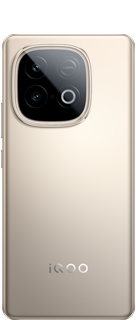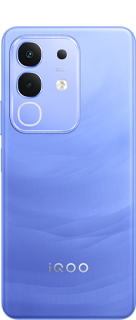AMOLED vs IPS Display , Which is Better ?
Two of the most popular display technologies used in current smartphones and other electronic devices are AMOLED (Active-Matrix Organic Light-Emitting Diode) and LCD (Liquid Crystal Display).

When it comes to displays, AMOLED (Active Matrix Organic Light Emitting Diode) technology is revolutionary. AMOLED displays, which differ from conventional LCD (Liquid Crystal Display) panels in that they are composed of organic materials, produce their own light when an electric current is applied. As a result, an AMOLED panel has deep blacks, bright colors, and a wider viewing angle because each pixel can be independently switched on or off. In comparison With LCD- The amount of light that travels through each pixel is instead managed by an LCD display's liquid crystal layer and backlight.

Advantages and Disadvantages of these display,
1. Power Consumption
Because they don't need a backlight, AMOLED screens utilize less power than LCD displays. AMOLED screens may switch off while displaying dark or black material.
2. Viewing angles.
The viewing angles of AMOLED screens are superior to those of LCD panels. This implies that even when viewed from off-center angles, the display's colours and brightness stay the same.

3. Color Accuracy
Compared to AMOLED displays, LCD panels are typically more accurate in terms of color. Yet, some individuals favor the richer, more brilliant colors that AMOLED panels provide.
4. Contrast Ratio
Since they can create pure blacks, AMOLED screens have a better contrast ratio than LCD displays. Even when the pixel is meant to be showing dark on LCD screens, the backlight always shines through the liquid crystal layer.
5. Flexibility
Compared to LCD displays, AMOLED displays are lighter, thinner, and more flexible, making them more suited for curved and foldable devices.

That's Why We Have Seen, Many Curved Display are made only from AMOLED display
6. Screen Burn :
AMOLED displays are prone to screen-burn which occurs when an image or UI element is displayed for too long and becomes permanent on the screen. This can be especially noticeable in areas of the screen that display static content, like the navigation bar or status icons.

7. In-Display FingerPrint Sensor
In-display Fingerprint sensor can only be placed in AMOLED Display which makes it more preferred.
Why can't in-display fingerprint sensors be implemented on IPS LCD panels?
Ultimately, both AMOLED and LCD screens have advantages and disadvantages, and which one you choose will depend on your personal requirements and tastes.
ps. I Feel Disadvantage of AMOLED Display, is that if we drop the smartphone from Our Hands, chances are display will get Fully Damaged and Total Blackout and This is Not The case With IPS Display, It Will Have Crack But Will Be Able to Work 😴
Happy Reading
Varun @iQOO Connect
Please sign in
Login and share

























